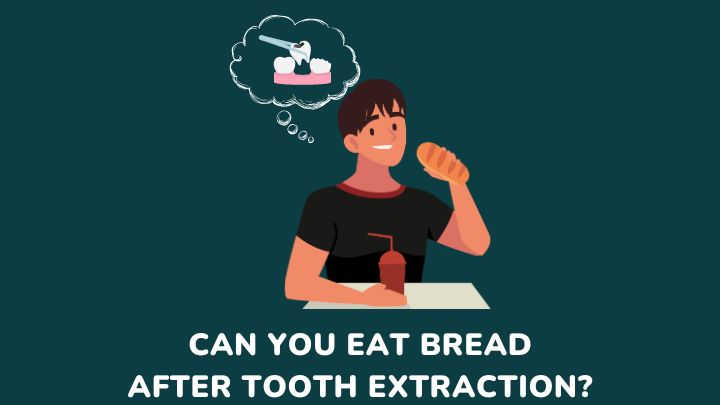Want to know how soon you eat bread after a tooth extraction? Learn about the healing process and post-extraction care tips.
Tooth extraction is a dental procedure that many individuals undergo for various reasons, and proper post-extraction care is essential for a smooth recovery.
One of the most common questions people have after a tooth extraction is this: Can you eat bread?
This article discusses the healing process after a tooth extraction, discusses dietary considerations, and helps you decide how soon you can eat bread post-extraction.
Also, you’ll have a better understanding of how to care for your mouth during the recovery period and what foods you can safely enjoy.
What is tooth extraction about?
Tooth extraction is when a dentist or oral surgeon removes a tooth from its place in the bone.
This is done when a tooth is too damaged or infected to be fixed. Sometimes, teeth need to be taken out if they’re causing other problems in the mouth.
The dentist numbs the area around the tooth so you don’t feel pain during the procedure. Then, they carefully remove the tooth using special tools. After the tooth is out, the dentist may put stitches in the area to help it heal.
Tooth extraction might sound scary, but it’s essential to keep your mouth healthy. If a tooth is causing too much trouble, getting it removed can make you feel better in the long run.
The healing process after tooth extraction
When you get a tooth taken out, your mouth starts to heal right away. At first, you might feel some pain and swelling where the tooth used to be. This is normal and shows that your body is working to fix the area.
After the tooth is removed, a blood clot forms in the space where the tooth was. This clot is super important because it protects the area and helps it heal faster.
You need to be careful not to disturb the clot because if it gets dislodged, it can cause problems like a dry socket.
Over the next few days and weeks, the extraction site starts to close up. It might look a little gross as it heals, but that’s just your body doing its thing. Eventually, the area will fully heal, and you won’t even notice where the tooth used to be.
During this time, it’s crucial to take good care of your mouth. Follow your dentist’s instructions carefully, especially about things like not rinsing too hard or eating hard foods that could damage the healing area. By taking it easy and giving your mouth time to heal, you’ll be back to normal before you know it.
Remember, healing after a tooth extraction takes time, so be patient with yourself.
If you have any concerns or notice anything unusual during the healing process, don’t hesitate to reach out to your dentist for guidance. With proper care and attention, your mouth will be back to feeling great in no time!
Can you eat bread after a tooth extraction?
One question many people have after a tooth extraction is whether bread is soft enough for them to eat post-extraction and how soon they can eat it.
While most types of bread are soft, it’s essential to consider the impact on the healing process.
Bread can be challenging to chew, especially if it’s hard or crusty, which can put stress on the extraction site and slow down healing.
There’s also a risk that small bread particles could get trapped in the extraction site, leading to infection or other complications.
To minimize this risk, it’s best to choose soft bread varieties like white bread or rolls that are easier to chew and less likely to leave behind crumbs.
However, even with soft bread, it’s essential to be cautious. Take small bites and chew slowly to avoid putting too much pressure on the extraction site.
If you experience any discomfort while eating bread, stop and switch to softer foods until your mouth has fully healed.
As a precaution, it’s also a good idea to avoid bread with seeds or nuts that could irritate the extraction site. Instead, opt for plain or lightly toasted bread that won’t pose a risk of irritation.
Dietary considerations post tooth extraction
After having a tooth pulled, it’s essential to be mindful of what you eat to help your mouth heal properly.
During the initial healing phase, certain foods can cause problems and slow down the recovery process.
Hard foods, like nuts or chips, can be tough to chew and may irritate the extraction site. It’s best to stick to soft foods that are easy on your mouth, like mashed potatoes, yogurt, or smoothies.
Avoiding foods that are too hot or too cold is also a good idea because they can be uncomfortable on sensitive gums.
Crunchy foods, like popcorn or raw vegetables, should be avoided too because they can get stuck in the extraction site and cause infection.
Even though you might not feel like eating much after a tooth extraction, it’s crucial to make sure you’re getting proper nutrition to help your body heal.
Eating soft, nutritious foods like soups, scrambled eggs, or pasta can provide the vitamins and minerals your body needs to recover.
If you’re having trouble eating solid foods, you can also try drinking nutrient-rich liquids like protein shakes or fruit smoothies. Just make sure to avoid using a straw, as sucking can dislodge the blood clot and delay healing.
Healthy ways to enjoy bread without compromising healing
Just because you’re recovering from a tooth extraction doesn’t mean you have to give up bread entirely. There are plenty of creative ways to enjoy this staple food while still taking care of your healing mouth.
One option is to opt for softer varieties of bread, like white bread or dinner rolls, that are easier to chew and less likely to irritate the extraction site.
You can also try dipping soft bread into warm soups or stews to make it easier to eat without putting too much pressure on your mouth.
Another idea is to toast your bread lightly to make it slightly crispy on the outside while still being soft on the inside. This can add a nice texture to your bread without making it too challenging to chew.
If you’re craving sandwiches, consider making open-faced sandwiches with only one slice of bread instead of two.
This reduces the amount of chewing required while still allowing you to enjoy your favorite sandwich fillings.
Alternative options for bread
1. Oatmeal
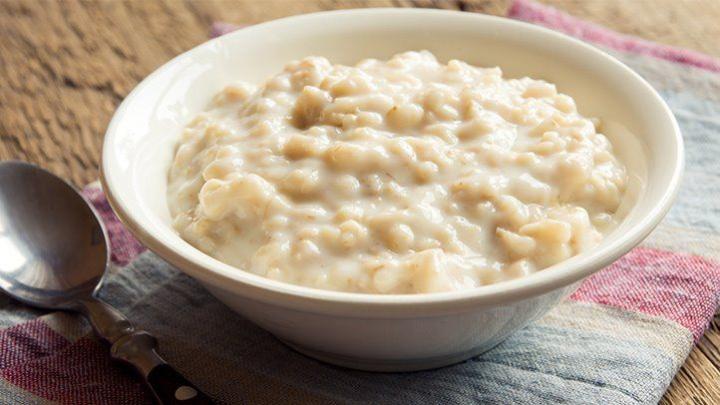
Oatmeal is a comforting and easy-to-eat breakfast option that provides essential nutrients like fiber and protein. Cook oats according to package instructions and top with fruits, nuts, and a drizzle of honey for added flavor.
2. Pancakes
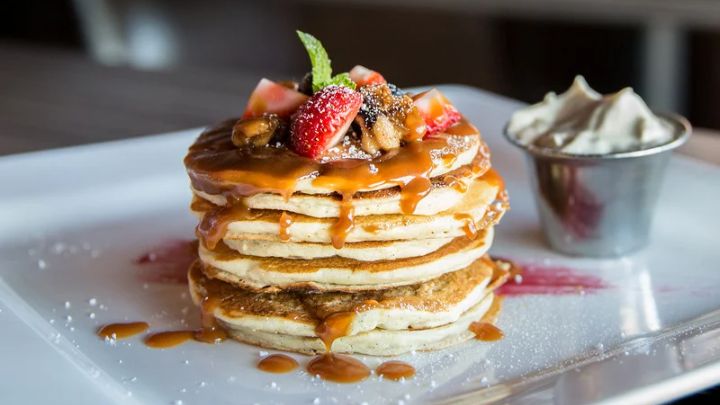
Soft and fluffy pancakes can be made using simple ingredients like flour, milk, and eggs. Add mashed bananas or applesauce to the batter for extra moisture and sweetness. Serve with yogurt or pureed fruit for a nutritious and satisfying meal.
3. Scrambled eggs
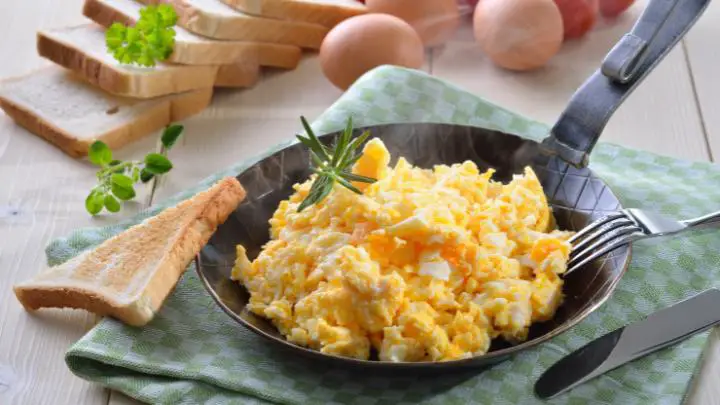
Scrambled eggs are a protein-packed option that’s quick and easy to prepare. Whisk eggs with a splash of milk and cook them gently in a non-stick pan until fluffy. Add chopped vegetables like spinach or peppers for added flavor and nutrition.
4. Tofu stir-fry

Soft tofu is a versatile ingredient that can be used to make a delicious and nutritious stir-fry. Cook tofu with your favorite vegetables and a flavorful sauce made from soy sauce, ginger, and garlic. Serve over steamed rice for a filling meal.
5. Mashed sweet potatoes

Mashed sweet potatoes are soft, comforting, and packed with vitamins and minerals. Simply boil or roast sweet potatoes until soft, then mash them with a fork or potato masher. Add a sprinkle of cinnamon or nutmeg for extra flavor.
6. Cottage cheese with fruit
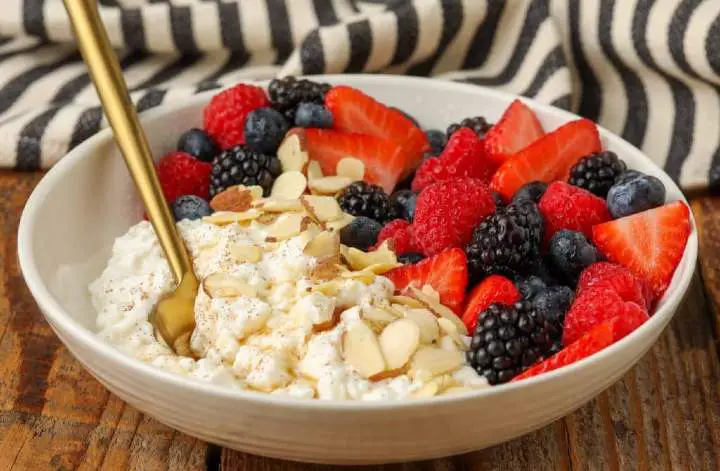
Cottage cheese is soft and creamy, making it an excellent option for a post-extraction meal. Top cottage cheese with your favorite fruits like pineapple, peaches, or berries for a refreshing and nutritious snack or light meal.
Tips for comfortable eating post-extraction
1. Proper chewing techniques
Chew slowly and gently, using the opposite side of your mouth from the extraction site. This reduces pressure on the healing area and minimizes discomfort.
2. Choose soft foods
Opt for soft foods that are easy to chew and swallow, such as mashed potatoes, yogurt, and soups. Avoid hard, crunchy foods that can irritate the extraction site.
3. Stay hydrated
Drink plenty of water throughout the day to stay hydrated and promote healing. Avoid using straws, as sucking can dislodge the blood clot and delay healing.
4. Avoid hot or cold foods
Skip foods and beverages that are too hot or too cold, as they can be uncomfortable on sensitive gums. Stick to lukewarm or room temperature options instead.
5. Maintain oral hygiene
Gently brush your teeth and rinse your mouth with salt water as directed by your dentist to keep the extraction site clean and prevent infection. Be careful not to brush too hard near the extraction site.
Duration of dietary restrictions
Typically, patients are advised to avoid challenging foods like bread for at least the initial few days following the procedure.
During this period, focusing on soft, easy-to-eat foods is essential to reduce discomfort and allow the extraction site to heal without disruption.
As the healing process progresses, patients can gradually reintroduce more solid foods into their diets.
The duration of dietary restrictions may vary based on the type of tooth extraction performed.
For instance, wisdom teeth removal may necessitate more extended dietary restrictions due to the complexity of the procedure and the potential for complications.
Dentists provide specific guidelines tailored to each patient’s unique situation to ensure a smooth and successful recovery.
By adhering to these recommendations and being attentive to their bodies’ signals, patients can navigate the dietary restrictions associated with tooth extraction with greater ease.
FAQs
When can you start eating regular foods after a tooth extraction?
The timeline for reintroducing regular foods varies depending on individual healing progress and the type of extraction performed.
Generally, softer foods are recommended initially, with a gradual transition to regular foods as tolerated.
How long will it take for the extraction site to heal completely?
The healing time for an extraction site can vary from person to person and depends on factors such as the complexity of the extraction and overall oral health.
Most extraction sites heal within a few weeks, but it’s essential to follow your dentist’s instructions for optimal healing.
What should you do if you experience pain or swelling after the extraction?
It’s normal to experience some discomfort after a tooth extraction. Over-the-counter pain medication and applying a cold compress to the outside of the mouth can help alleviate pain and reduce swelling.
If the pain persists or worsens, contact your dentist for further guidance.
Can you brush your teeth after a tooth extraction?
Yes, you can gently brush your teeth as usual after a tooth extraction but be careful to avoid the extraction site.
Your dentist may also recommend rinsing your mouth with salt water to keep the area clean and promote healing.
Conclusion
Proper post-extraction care and dietary considerations are crucial for a smooth and successful recovery after tooth extraction.
While it’s natural to have concerns about what foods you can eat and how to navigate the healing process, following the guidelines shared can help you feel more confident and comfortable during your recovery journey.
Remember to prioritize soft, nutritious foods to support healing and avoid potential complications.
Be mindful of your chewing techniques and oral hygiene practices to minimize discomfort and promote optimal healing. And if you have any questions or concerns along the way, don’t hesitate to reach out to your dentist for guidance and support.
Also, find out how soon you can start eating chips after tooth extraction.
Thanks for reading!
